
Across land and sea, creatures with scales display stunning adaptations and vivid appearances. These animals thrive in diverse habitats, using their specialized features for protection, hunting, or camouflage. Their striking forms and behaviors highlight the incredible variety found in the animal kingdom, fascinating scientists and nature lovers alike. Let’s take a closer look at ten of the most remarkable scaled creatures on the planet.
Alligator Gar (Atractosteus spatula)

These ancient fish species have diamond-shaped ganoid scales that are nearly armor-plated. Alligator Gars can gulp air when oxygen levels are low, thanks to a specialized swim bladder. Having a lineage dating back over 100 million years, they’re often referred to as living fossils of North American waterways.
Komodo Dragon (Varanus komodoensis)

Reaching lengths of nearly 10 feet, the Komodo Dragon holds the title of the world’s biggest lizard. Its rugged, scaly skin contains osteoderms, tiny bones that provide added protection. The venom glands in its mouth help this powerful predator subdue large prey using a combination of bite force and toxins.
Clown Triggerfish (Balistoides conspicillum)
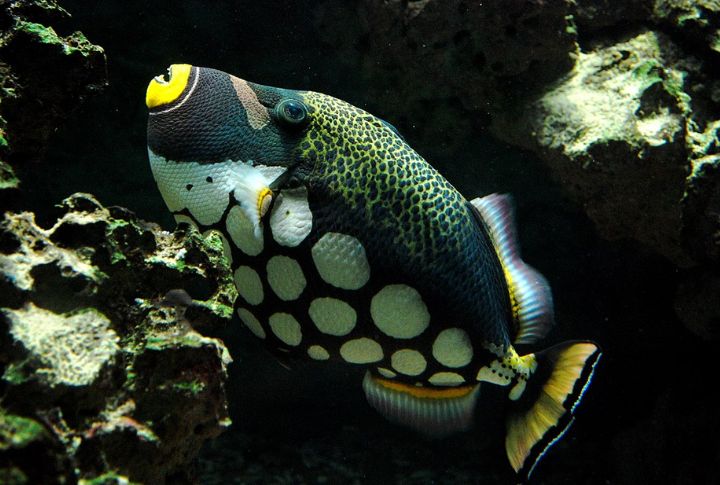
Bold colors and patterns make the Clown Triggerfish instantly recognizable—white polka dots, black body, and bright yellow mouth. Its armor-like scales offer a solid defense against dangers. When threatened, the reef fish can also wedge itself into coral crevices using the dorsal fin, making it challenging for predators to extract.
Gila Monster (Heloderma suspectum)

Beneath the beaded, bumpy scales lies one of the few venomous lizards in the world. The Gila Monster is slow-moving but dangerous, delivering poison through grooves in its teeth. It stores fat in its tail, which enables it to survive through prolonged droughts in its desert habitat.
Green Sea Turtle (Chelonia mydas)
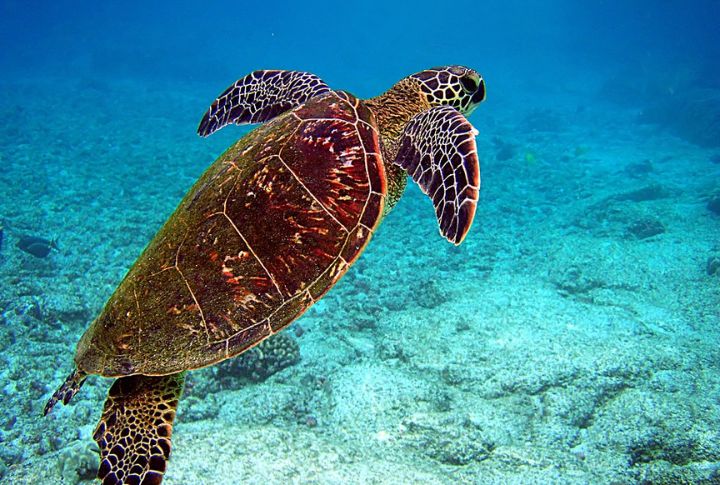
The Green Sea Turtle glides through ocean waters with limbs covered in scales and a shell made of tough scutes. Adults feed mainly on seagrass, giving their body fat a green tint. These turtles are also famous for their long migrations between coastal feeding zones and remote nesting beaches.
Pangolin (Manis spp.)

Covered in overlapping keratin scales, the pangolin relies on armor and defense over speed. When threatened, it curls into a ball, which renders it nearly impenetrable. Its long, sticky tongue is specially adapted for feeding on ants and termites, its primary diet in the wild.
Blue Iguana (Cyclura lewisi)
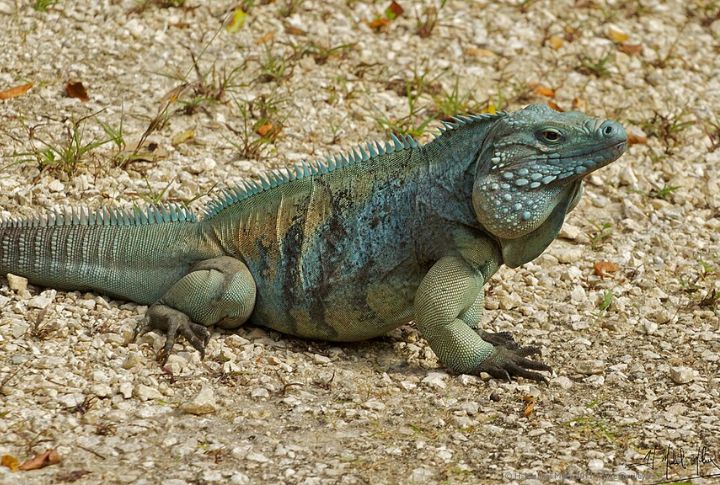
The Blue Iguana, exclusive to Grand Cayman, shows off striking blue scales that become even more vibrant with age. Once on the brink of extinction, the species has made a comeback through dedicated preservation work. As land-based herbivores, they thrive for decades in secure habitats.
Archerfish (Toxotes spp.)
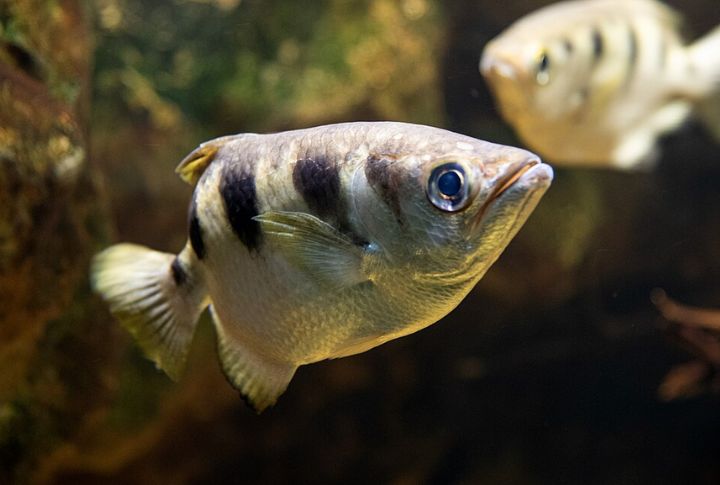
This fish uses remarkable precision to shoot jets of water to knock down insects perched above the water. Its compressed body is covered in small, silvery scales, giving it a distinct look. Moreover, it can adjust for distortion at the water’s surface, showing impressive accuracy and visual targeting in its hunts.
Thorny Devil (Moloch horridus)

A reptile found in Australia’s deserts, the Thorny Devil is known for its body covered in sharp, spiny scales that help it camouflage among shrubs. It can absorb water through grooves in its skin, channeling moisture directly to its mouth. The ant-eating lizard relies on camouflage to avoid detection by predators.
Chinese Water Dragon (Physignathus cocincinus)
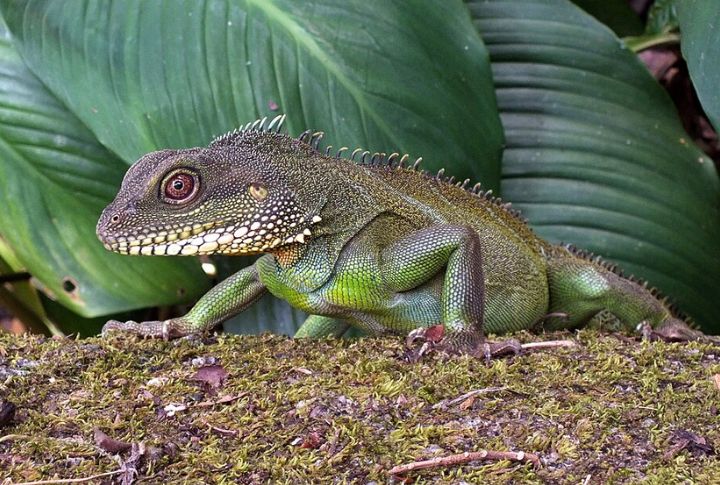
The Chinese water dragon is bright green with splashes of blue and orange, which makes it as colorful as it is adaptable. This semi-aquatic lizard uses its muscular tail for swimming, balance, and self-defense. These species can even remain submerged for up to 25 minutes to evade threats or hunt.

